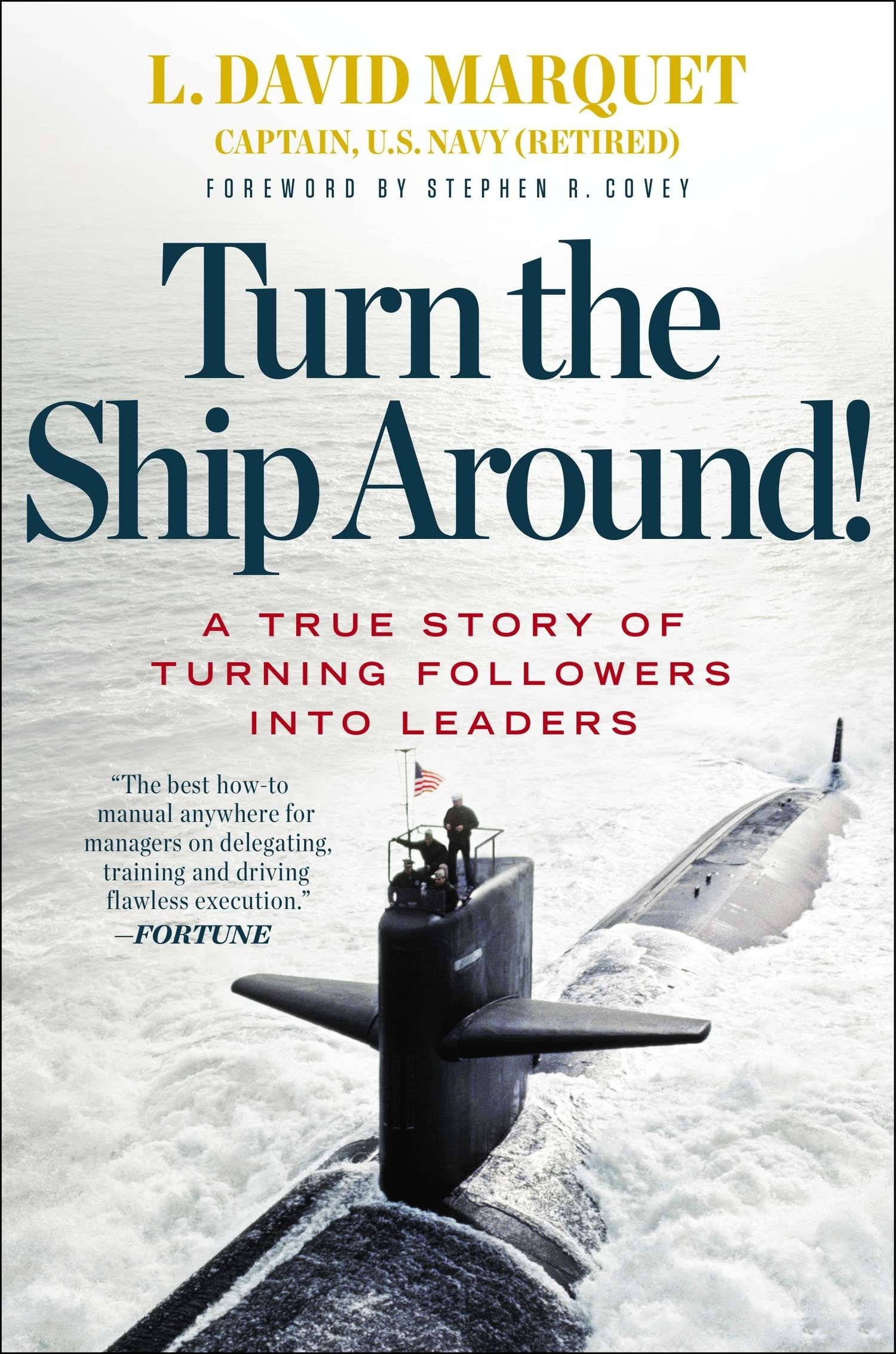In my last post, I wrote about why you should consider building a virtual team to grow your business. In this post I’ll cover how to actually build a virtual team.

Technology has made building and leading a virtual team easier than ever. Many websites connect available talent with those who can use it, and free or inexpensive tools make virtual collaboration easy.
The following are steps you can work through as you build your virtual team.
1. Decide what kind of team will work for you
There are many different ways to to build a virtual team. Full time or part time. National or international. Specialists or generalists.
If part time, do you want the same people consistently or would you hire for specific projects?
National team members give you the benefit of native language skills and similar time zones. International team members are usually less expensive and can get work done while you sleep.
Of course, your team can be a mix depending on the needs for each role.
You can do some research to help you think through your options.
Chris Drucker is a prominent thought leader around building a business with virtual teams. He wrote a book, Virtual Freedom : How to Work with Virtual Staff to Buy More Time, Become More Productive and Build Your Dream Business, and a weekly New Business Podcast.
Michael Hyatt also writes about building virtual teams, including his book The Virtual Assistant Solution.
2. Find and hire
Once you decide what kind of team member you are looking for, it’s time to find the right person. Many online services can help.
eaHELP specializes in helping you find US-based virtual assistants.
onlinejobs.ph specializes in matching employers to full and part time Filipinos. You can hire full-time, skilled people for $200-$1000 USD per month.
Freelancer sites like Upwork (created by the merger between oDesk and Elance) help you find a variety of skills from all over the world.
Sparehire specializes in high-end finance and consulting projects that range from $50 to $300 per hour.
3. Train and delegate
Once you find the right person, you need to effectively train them to do their job and then delegate tasks to them.
Collaboration software like Slack and project management software like Basecamp make it easy to communicate and assign tasks.
It may be tempting to throw a bunch of tasks at them and expect them to figure it out. However, it may take time to gauge their skill level and how they work best. Expect to spend a lot of time with them up front to make sure they understand your expectations.
4. Lead effectively
Sometimes out of sight means out of mind, but it’s important to remember that these people are part of your team. To help them feel good about doing their best work for you, you need to build a relationship with them just like you would with an on-site team.
Praise them for good work. Find out about their family, interests, and future goals. Acknowledge and celebrate life events, such as birthdays and the birth of children. Let them know how important they are to your team.
Building a business with a virtual team can be cost-effective and give you access to a large talent pool. However, it can take just as much work as an on-site team to find, hire, train, delegate to, and lead your virtual team.
As you invest the time and effort required, your virtual team can help you build a successful business.
Question: How have you gone about building a virtual team?




















